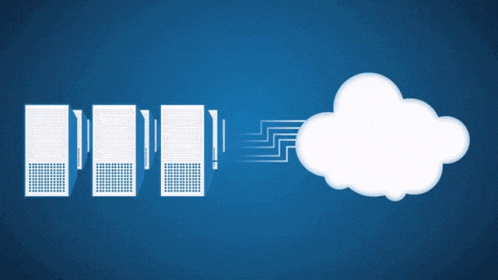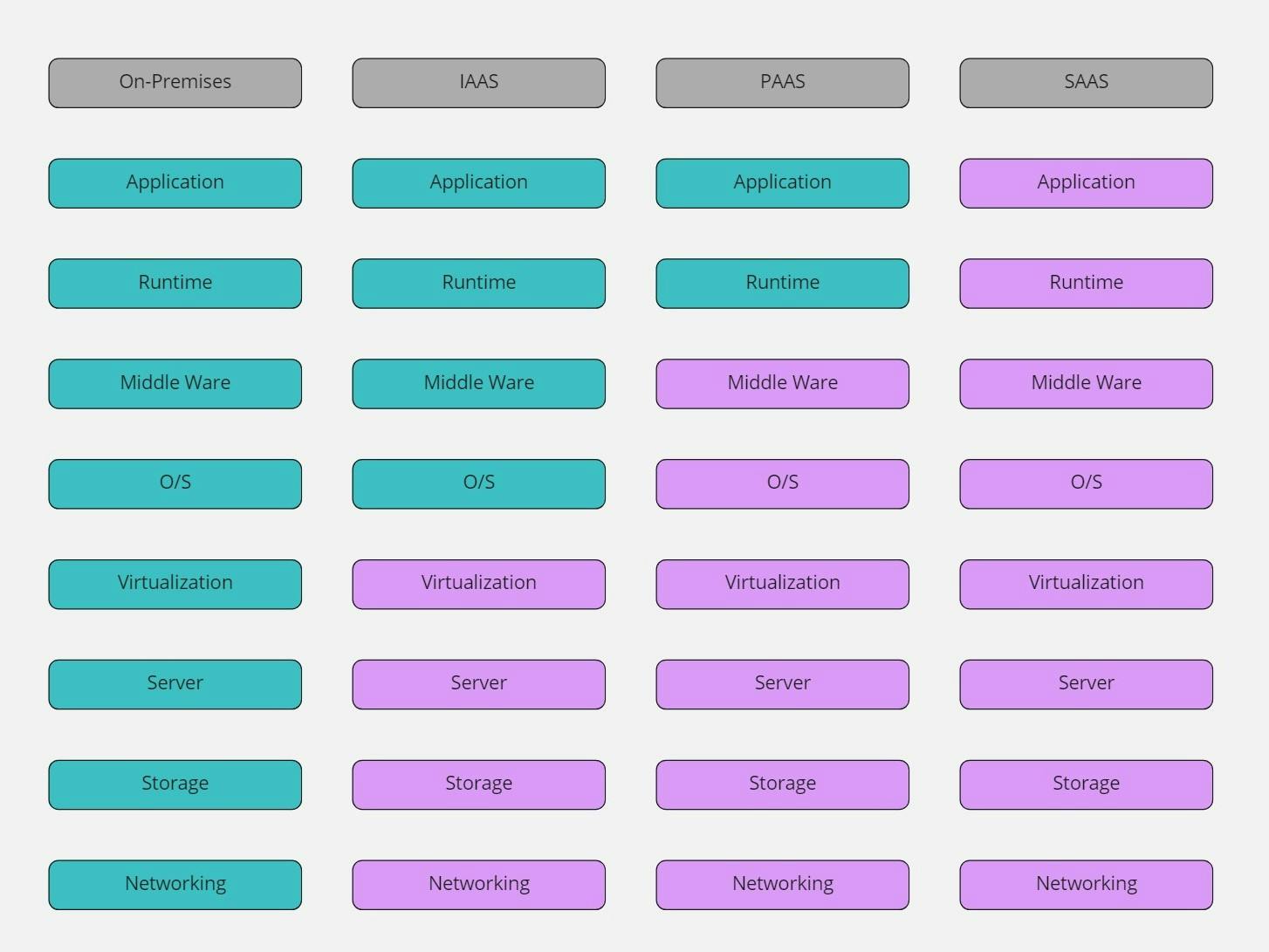
What is Cloud Computing?
Cloud computation is the On-demand delivery of IT resources like storage, database, application and other IT resources via the Internet with pay-as-you-go pricing.
Cloud platform providers have installed their dedicated networks and data centers around the world, allowing businesses to access hardware services like servers, networking, and databases through software. Cloud computing has enabled businesses to stop thinking of infrastructure as hardware and instead view it as software that can be easily managed and changed.
Traditional Computing Vs Cloud Computing
Cloud computing has been a game-changer in the world of technology, providing businesses with an efficient and cost-effective way to manage their infrastructure. Traditionally, infrastructure was viewed as hardware, requiring a physical space, dedicated staff, planning, security, capital expenditure, acquisition, provisioning, and maintenance of on-premises infrastructure. However, with the rise of cloud computing, infrastructure is now viewed as software. cloud computing provides a flexible and cost-effective solution for businesses. With cloud computing, businesses can easily change their services as needed and avoid the high costs associated with maintaining on-premises infrastructure. Cloud computing has revolutionized the way businesses operate, allowing them to focus on their core competencies and leave the management of infrastructure to cloud providers.
Cloud Service Models
Infrastructure as service [Iaas]
Platform as service [Paas]
Software as service [Saas]
Cloud Computing Deployment Model
Public Cloud ☁️
A public cloud is a cloud deployment model where cloud services are provided by third-party providers and made available to the general public over the internet. The cloud provider is responsible for managing and maintaining the infrastructure, and customers pay for the services they use.
Private Cloud ☁️
A private cloud is a cloud deployment model where cloud services are provided over a private network, typically within an organization's firewall. The cloud infrastructure can be managed either by the organization itself or by a third-party provider. Private clouds offer greater control and security over data and applications.
Hybrid Cloud ☁️
A hybrid cloud is a cloud deployment model that combines public and private cloud environments. In a hybrid cloud, some resources are hosted in a public cloud, while others are hosted in a private cloud. This allows organizations to take advantage of the scalability and cost-effectiveness of public clouds while maintaining greater control over sensitive data in a private cloud.
Community Cloud ☁️
A community cloud is a cloud deployment model that is shared by a group of organizations with common interests, such as regulatory compliance or security requirements. The community cloud is managed and operated by the organizations themselves or a third-party provider.
Advantages Of Cloud
Scalability
Cost-effectiveness
Flexibility
Security
Disaster recovery
Speed and agility
Cloud Computing Use cases
Hosting a Web application
Data storage
Application development and deployment
Disaster recovery
Big data analytics
Machine learning and AI
E-commerce etc.
Pricing Model
Pay-as-you-go
This model charges users for the resources they use, such as storage, bandwidth, and compute time, on a per-hour or per-minute basis.
Reserved instances
This model allows users to reserve resources for a specific period, typically for a lower price than the pay-as-you-go model.
Spot instances
This model allows users to bid on unused cloud computing resources, potentially leading to significant cost savings.
Security
Encryption
Cloud computing providers typically offer encryption for data at rest and in transit to protect against unauthorized access.
Identity and access management
Cloud providers use authentication and authorization mechanisms to control access to resources and data.
Compliance
Cloud providers typically comply with various industry-specific regulations and standards, such as HIPAA (Act that helps in protecting sensitive patient health information.) and PCI DSS (which protects credit and debit card transactions against fraud and data breaches).
Migrating
Lift and shift: This involves migrating an entire application or workload to the cloud without any major changes to the architecture or code.
Re-platforming: This involves making minor changes to the architecture or code to take advantage of cloud-native services, such as serverless computing or managed databases.
Re-architecting: This involves re-designing an application or workload to take full advantage of cloud computing services, such as microservices or containerization.
Emerging Trends
Serverless computing
AI and machine learning
Kubernetes and containerization
Blockchain etc.


